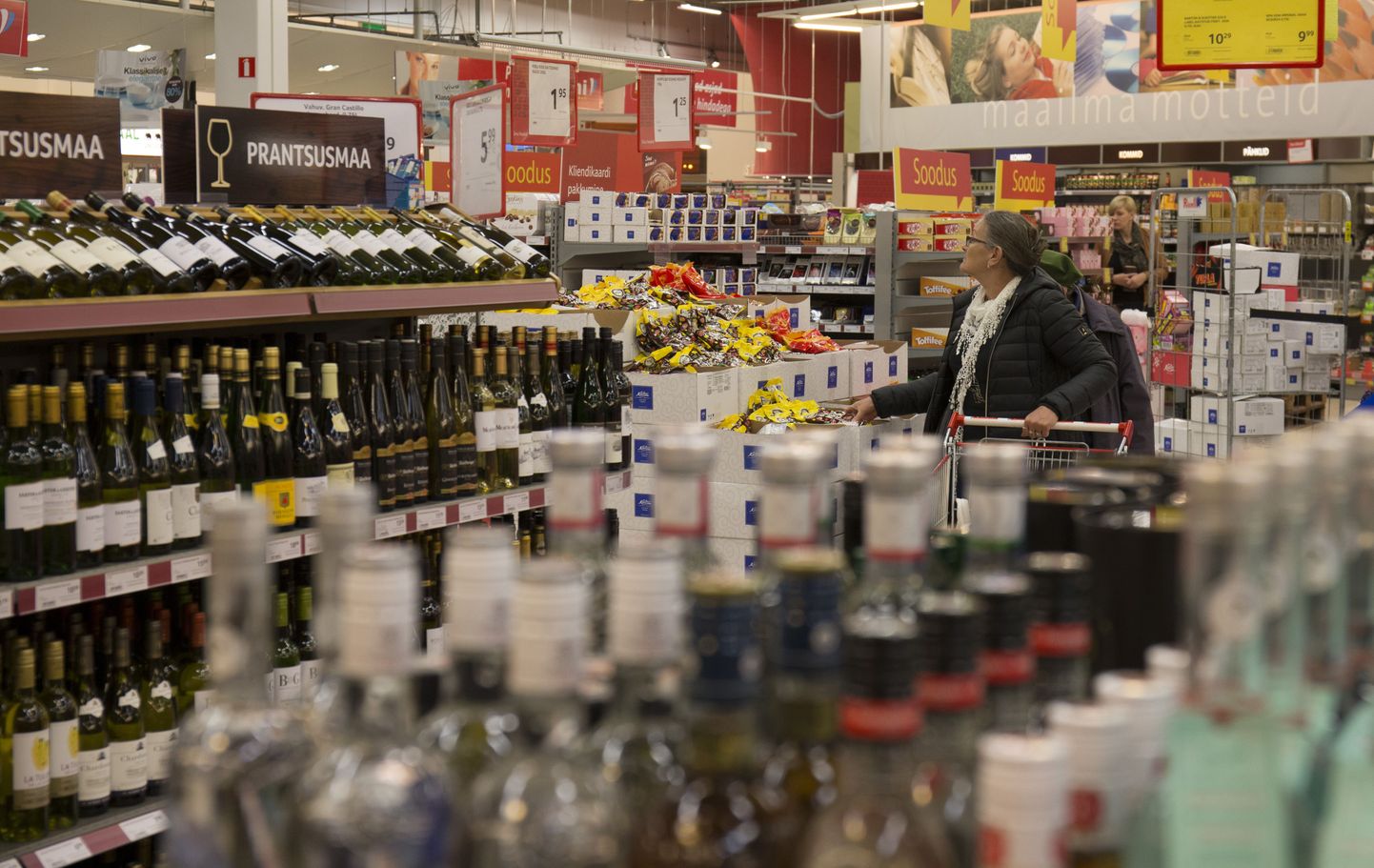Mr Ossinovski said he did not believe that the tough rules would lead to closure of smaller TV stations. «These are capable and professional people who are able to manage in varying regulative environments,» said the minister, stressing that the state goes by the priority of public health.
2004 – alcohol sales was banned at newspaper stands
2008 – national alcohol sales ban from 10 pm to 10 am; ban on alcohol ads in TV between 7 am to 9 pm
2014 – green book published on alcohol policy
2017 – alcohol sales banned at filling stations; in sales areas, alcohol must be placed separately
2018 – large stores must have separate alcohol departments with non-transparent walls; in small shops alcohol may only be sold over the counter
Alcohol ads restrictions:
In the future, alcohol ads may only contain regarding the drink its
7) ethanol content percentage
8) image of sales package
9) description of characteristics (colour, aroma, taste)
The information contained in alcohol ad must be presented on single colour background, and without sound and visual design elements.

